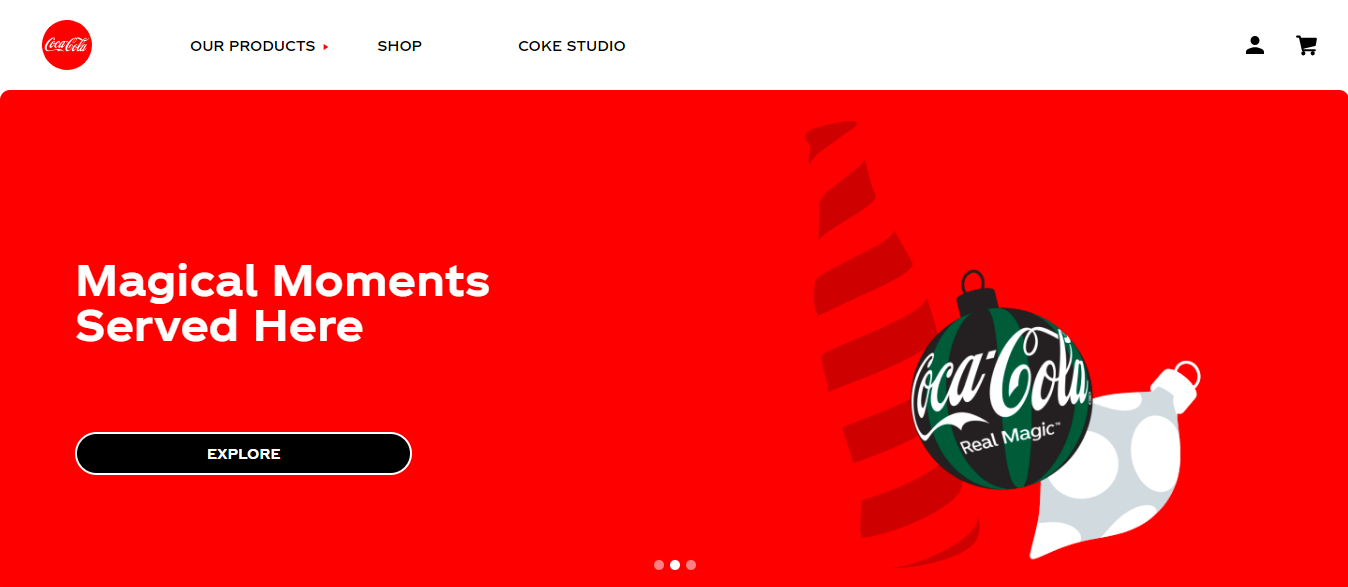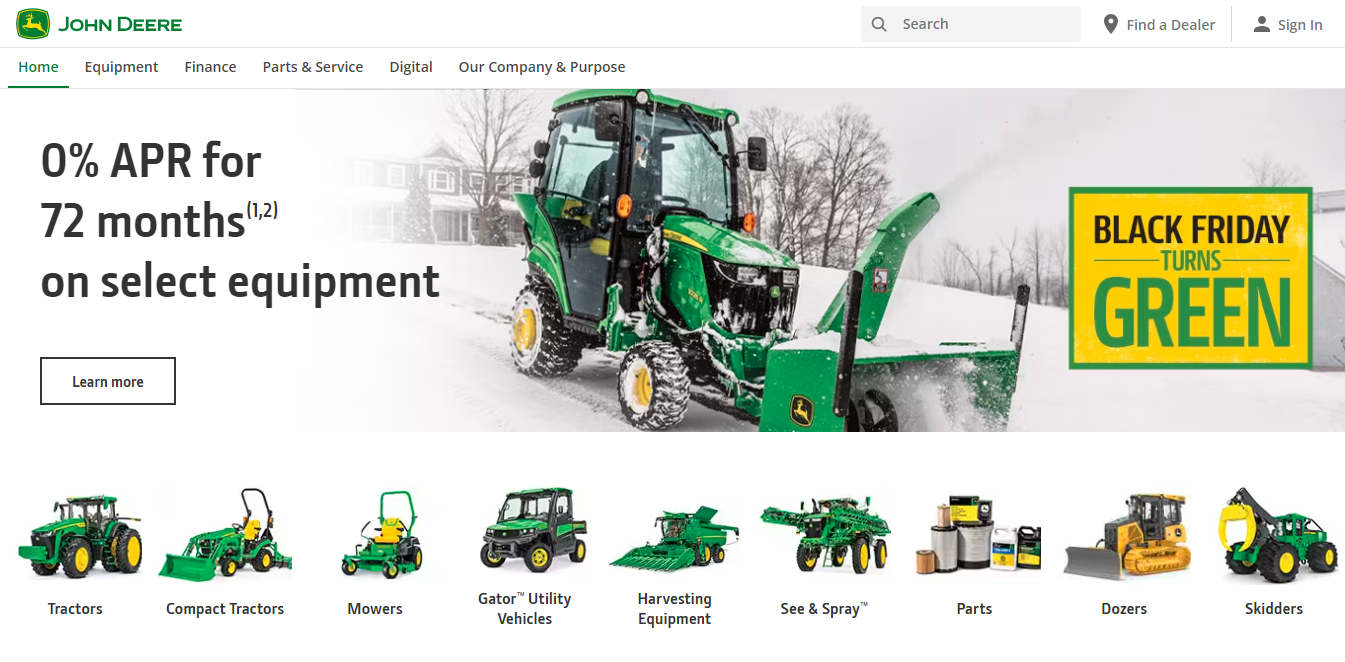5 Inspirational Content Marketing Stories Of All Time.

In the realm of content marketing stories, powerful stories woven into impactful campaigns leave an indelible mark. These successes are beacons guiding marketers to craft memorable ads that deeply resonate with audiences.
Trailblazers in content marketing go beyond data analytics and technology; they artfully merge insights to create imaginative stories.
Content marketing, a digital cornerstone, acts as both educator and persuader, illuminating product benefits and outshining competitors. This well-crafted content not only fuels SEO strategies with carefully chosen keywords but also reigns supreme on social media, capturing attention, fostering engagement, and fortifying brand credibility.
This article unveils mind-grasping content marketing stories, where content became a driving force, shaping brands and captivating audiences.
Examples of Best Content Marketing Stories
Understanding what truly defines exceptional content marketing stories often becomes clearer when examining real-life illustrations.
A standout content marketing campaign hinges on two pivotal factors: quality and relevance. Essentially, your content must mirror your audience’s interests, inquiries, and anxieties.
Moreover, it’s crucial that your content effectively connects with the intended audience.
Below are, from our viewpoint, exceptional content marketing stories:
5 Inspirational Content Marketing Stories
Coca-Cola

Coca-Cola – US Website Home Page
Coca-Cola is all about inspirational content marketing stories – it’s the heart and soul of their ad game, especially with their Content 2020 strategy. They’re on a mission, shouting from the rooftops: “Hey, advertisers, load up on fresh, top-notch content to keep your audience hooked around the clock. To make it big globally, you’ve got to build everything on kick-butt, game-changing ideas.
One of Coca-Cola’s most iconic and successful content marketing campaigns was the “Share a Coke” campaign, which rolled out globally and made a significant impact. Launched in 2011, the campaign aimed to create a more personalized and engaging connection between consumers and the brand.
Instead of the traditional Coca-Cola logo on its cans and bottles, the company replaced it with popular names and terms of endearment, such as “Friend,” “Buddy,” or specific names like “Emma” or “John.” The idea was simple but brilliant – it encouraged consumers to find and share a Coke with someone whose name was on the label, turning the act of drinking a Coke into a personal, social experience.
This campaign extended beyond just personalized labels. Coca-Cola also encouraged users to create custom virtual Coke bottles with their names on the brand’s website.
The brilliance of content marketing stories like “Share a Coke” lies in its ability to blend personalization with user-generated content and social sharing. It wasn’t just about selling a beverage; it became a cultural phenomenon and a way for people to express their connections with each other through a simple and widely recognizable product.
Rolex
Rolex, renowned as the world’s foremost watch brand, demonstrates the efficacy of content marketing despite its towering status.
Their approach defies overly technical content, opting for engaging visuals, and illustrating the power of captivating imagery.
While Rolex could delve into intricate articles spotlighting the craftsmanship behind their watches, they realize that this might not resonate with the broader audience. Instead, they leverage social media, particularly Instagram with over 10 million followers, and Facebook boasting over 7 million, to showcase stunning, high-quality photographs of their watches.
Their strategy cleverly acknowledges that people don Rolex watches to make a statement; it’s all about aesthetics.
Embracing this, their social media platforms exude opulence, emphasizing the watches’ showiness through captivating close-up shots that highlight aesthetic appeal and meticulous craftsmanship.
Engagement stands as a cornerstone of their content strategy, especially on social media. Rolex recognizes that users are more inclined to share impressive visuals rather than technical articles.
These striking images not only captivate watch enthusiasts but also resonate with fashion aficionados and photography enthusiasts, broadening Rolex’s exposure beyond their traditional demographic.
Ikea

IKEA – Home Page
Let’s face it—few people are intrigued by the manufacturing process of a sofa, yet nearly everyone has one in their home.
So, how do furniture companies market their products? Let’s explore the triumphs of one industry leader, Ikea.
While Ikea boasts widely popular physical stores, their marketing efforts go far beyond the brick-and-mortar realm. One of their key strategies involves printing over 200 million copies of their catalog annually—double the number of printed Bibles in the same duration.
Additionally, the brand consistently innovates, expanding its marketing avenues with fresh, forward-thinking approaches.
Recognizing that furniture might not be the most captivating subject, Ikea’s content marketing leverages technological trends to engage its audience effectively.
The “Square Meter Challenge” and the use of Augmented Reality (AR) via the IKEA Place app are prime examples. The Square Meter Challenge manifested through YouTube videos and blogs, tackles the issue of maximizing functionality in limited living spaces—acknowledging the challenges of high housing costs in urban areas.
The IKEA Place app harnesses Apple’s ARKit technology, allowing users to visualize furniture pieces in their real environment through augmented reality. This technology aids customers in making informed decisions about furniture purchases by virtually placing three-dimensional, true-sized products within their own space.
These initiatives underscore the absence of a “boring industry.” Instead, they exemplify how creative content marketing strategies not only benefit the company but also cater to customer needs, elevating the overall customer experience.
Pepsi

Pepsi Current Content Marketing Stories on Home Page
During Super Bowl LIII, Pepsi initiated a memorable TV ad that sparked ongoing conversation.
The commercial, featuring Steve Carell, Cardi B, and Lil Jon, humorously addressed the common phrase “Is Pepsi OK?” when a diner orders a Coke. Carell’s monologue reassures that Pepsi is “More Than OK,” subverting the notion that Pepsi isn’t the preferred choice.
This cleverly played on the typical restaurant scenario, capturing the essence of why Pepsi stands out.
The ad was complemented by a halftime show sponsorship, an afterparty, special cans, and the Pepsi Rookie of the Year Award, using the major sports event as a platform to highlight Pepsi’s uniqueness.
The success of Pepsi’s campaign hinged on its self-awareness.
By acknowledging real-life situations where customers encounter their product, the marketers tapped into a relatable scenario: the ubiquitous question, “Is Pepsi OK?” This phrase became synonymous with the positive campaign message. The brilliance lay in intertwining this customer experience with the upbeat commercial, creating a lasting association for viewers.
For marketers, the key lesson here is understanding how consumers perceive the brand and leveraging that perception in self-aware marketing campaigns.
By aligning marketing efforts with consumers’ real experiences, brands can create campaigns that resonate deeply, establishing a powerful and relatable connection with their audience.
John Deere

John Deere – Home Page
The Furrow, an industry magazine by John Deere, stands as an early and remarkably successful instance of content marketing, predating the concept’s formal recognition.
Launched in 1895, its primary aim was to aid consumers in agricultural matters using John Deere products while blending valuable advice with product advertisements. Over time, it gained immense popularity, currently boasting a readership of 2 million globally.
Evolution marked The Furrow’s journey to stay aligned with changing content preferences.
Transitioning from text-heavy content to a more visually appealing format with large images, it has evolved into a collector’s item. The magazine’s initial issue remains a rarity, highly sought after among collectors.
Renowned as one of the earliest and enduring content marketing examples, The Furrow’s success stems from its core functions. It delivers valuable information while showcasing the company’s expertise, enabling John Deere to assert itself as an industry leader and establish trust among consumers.
Crucially, The Furrow seamlessly integrates advertising for John Deere products within its content, distinguishing it from mere marketing materials.
In the hub of inspirational content marketing stories, this approach prioritizes providing readers with valuable content alongside product promotion, contributing significantly to John Deere’s status as one of the most recognized and esteemed brands in the industry.
The Wrap-Up On Content Marketing Stories
In summary, these iconic content marketing stories from John Deere’s pioneering magazine to modern-day strategies by brands like Coca-Cola and Pepsi serve as timeless guides for marketers.
They showcase the evolution of content marketing stories, emphasizing the blend of value, expertise, and subtle product promotion.
These narratives highlight the essence of content marketing stories: fostering connections, building trust, and resonating with consumers. They underscore the enduring impact of authentic storytelling and adapting to changing trends.
From historic beginnings to contemporary innovations, these tales inspire marketers to craft compelling narratives that captivate, educate, and stand the test of time.




